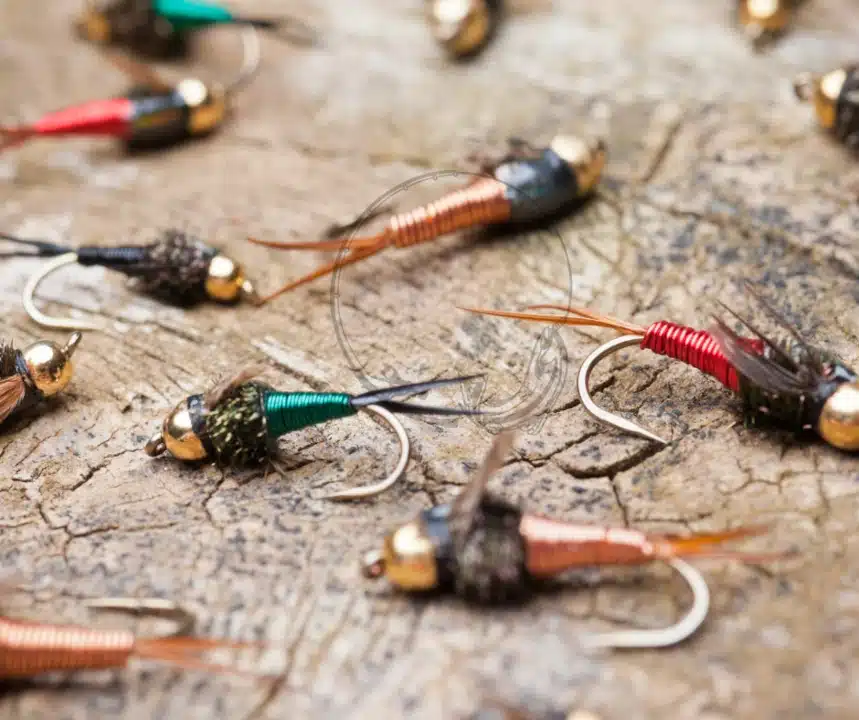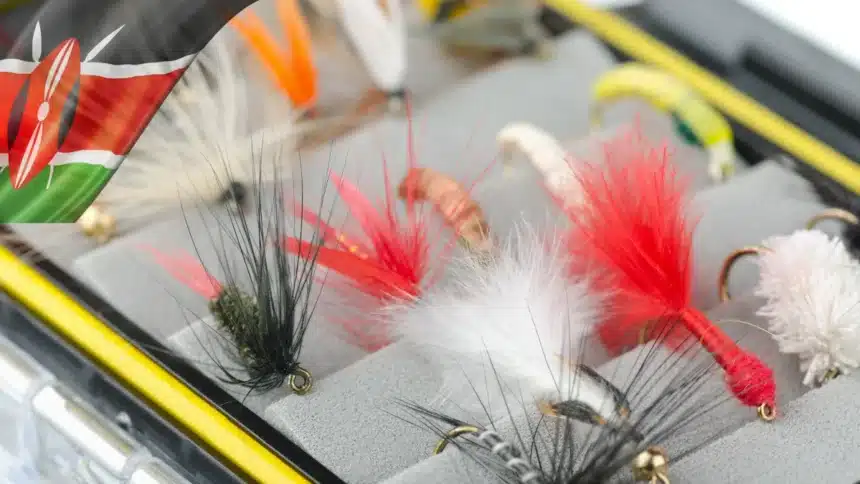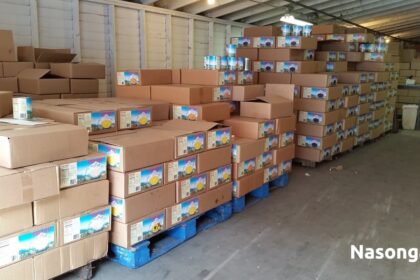Kenya’s Emerging Role in the Global Fly Fishing Flies Market: Business, Trade, and Growth Opportunities
Kenya stands as a powerhouse in the global fishing flies industry. Local manufacturers ship millions of these meticulously crafted products to markets in the USA, Canada, and the UK. The success stories speak volumes – local entrepreneurs like Charles Omutanyi’s business generates yearly earnings between Sh15 million and Sh25 million (about $112,000 to $185,000) from Kenyan fishing flies.
The British introduced trout fishing in the 1900s, and Kenya’s artificial flies industry has grown into a profitable venture. Individual fly tiers like David Kimani now earn up to Sh200,000 ($1,500) monthly, and premium flies can sell for as much as Sh1,290 ($15) each. This piece explores everything about this thriving industry, whether you want to start your own fishing flies business or source quality flies from Kenya.
The Rise of Kenyan Fishing Flies
A young Briton’s rugby accident in England during the 1930s sparked an unexpected beginning to Kenya’s fishing flies story. His broken back led him to establish this unique cottage industry. The craft started small, as local artisans learned to tie intricate flies from their colonial mentors.
Early beginnings in Kenya
British settlers brought trout fishing to Kenya in the 1900s, setting the stage for a flourishing industry. Local craftsmen became skilled at creating delicate lures while visitors enjoyed their fly fishing adventures. The industry took off as talented artisans combined Africa’s traditional craftsmanship with Western fishing techniques.
Growth into global markets
The industry experienced remarkable growth as workshops multiplied throughout the country. Small freelance tiers in sheds grew into large operations where hundreds of craftspeople now work at long tables, fulfilling orders from Chile to Estonia. Kenya’s flies dominate European markets, supplying one-third of all flies used there. Millions more make their way to the United States, Canada, and other major fishing destinations.
Several factors drive the industry’s success:
- Craftsmen’s exceptional precision
- Market-friendly prices
- On-time deliveries
- Workers adapt quickly to changes
Kenyan artisans managed to keep their competitive edge despite new rivals emerging from the Philippines, Sri Lanka, Thailand, and Vietnam. Their innovative spirit and dependable service continue attracting global buyers. Kenya is becoming a key player in the global fly fishing flies industry, supplying high-quality, handcrafted flies at competitive prices. Workshops like AquinaFlies now handle custom orders from the USA, Canada, UK, Germany, Australia, New Zealand, Italy, and Japan. With wholesale prices starting at just $1.90 per dozen, Kenya’s fly fishing sector presents lucrative opportunities for businesses and investors.

Starting Your Fishing Flies Business
Starting a successful fishing flies business needs specific skills, proper training and careful planning. Wing Farm’s 2-day Basic Aquaculture Training gives you everything you need to know about fish farming and fly tying techniques.
Required skills and training
We mastered the step-by-step creative process and understood fish feeding habits that are the foundations of this craft. A six-month intensive training program costs about Sh12,000 and gives you the skills you need. This training has sections on fish biology, production systems and water quality management.
Original investment needs
You’ll need about Sh350,000 to start a fishing flies business. Here’s the equipment you must have:
- Assorted feathers, furs, threads, and hooks
- Sharp-bladed scissors to cut precisely
- Tying silk and bobbin holder
- Hackle for feather manipulation
- Fly-tying cement and wax
Setting up your workshop
Your workshop’s location needs specific environmental conditions. The space should have good ventilation and stay between 27-30°C. Proper drainage systems and secure storage areas for materials make a big difference. The workshop needs a strategic location near organic waste sources with good road access.
Your business structure needs proper documentation, including a business license for wholesale purchases. You’ll need both a state sales tax license and a Federal Excise Tax license since the IRS will call you a manufacturer. The workshop should fit about fifteen people to run smoothly.
Making Quality Fishing Flies
Quality fishing flies just need precision, skill, and attention to detail. The skilled artisans at Kenyan workshops get their hooks only from top manufacturers who put quality before quantity.
Essential materials and tools
A well-equipped fly tying station just needs:
- Premium hooks from Kumho and Mustad
- Natural materials like rabbit, deer hair, arctic fox, elk wool, and beaver
- Sharp-bladed scissors for precise cuts
- Bobbin holder for thread control
- Hackle pliers for delicate feather work
Step-by-step tying process
The process starts when you secure the hook firmly in position. Tiers get work orders with master patterns and enough materials to tie between 60 and 180 flies. You need the right thread pressure and material placement to get precise results.
Quality control measures
Supervisors watch over each tying bay that houses about 50 tiers. Of course, every completed batch goes through complete inspection before packaging. Tiers take two days on each batch to maintain consistency instead of rushing production.
Common mistakes to avoid
New tiers should stay away from crowding the hook eye or using too much material. Extra material might make the fly look fuller but hurts its performance. Expert tiers suggest using half the material you first planned. Poor knot tying is another serious issue that you can fix with patient practice and proper technique.
The average tier at 10-year old Kenyan facilities has about 10 years of experience, showing the commitment needed to master this craft. Each workspace has good lighting and the right tools for specific types of flies.
Selling to Global Markets
Kenyan fishing flies wholesale online shops are becoming more popular globally, especially in the USA, Europe, and Canada. Artisans throughout Kenya make these carefully crafted flies and sell them to anglers worldwide. The country has become a trusted name for wholesale suppliers.
Finding international buyers
Online marketplaces and trade platforms help connect sellers with international buyers. Many Kenyan manufacturers get regular orders from Chile, Estonia, and other major fishing markets. Finding reliable customers can be tough, but successful exporters work with three to four large buyers to keep their business steady.
Pricing strategies
Kenyan fishing flies compete well in the global market. Prices range from Sh206 to Sh1,500 per dozen. The price depends on:
- Pattern complexity and materials used
- Order volume and frequency
- Custom design requirements
- Export destination requirements
Export documentation
A successful export business needs proper paperwork and compliance. You must have these documents to export fishing flies from Kenya:
- Commercial invoice and packing list
- Bill of lading or airway bill
- Certificate of origin
- Export permit
- Personal or Taxpayer Identification Number (PIN) certificate
The export process usually takes 30 days from start to finish. Exporters should have all their paperwork complete and accurate to avoid any holdups. They often send sample flies to potential buyers for testing. This builds trust and shows that products meet international standards.
Conclusion
Kenya’s fishing flies industry shows how local craftsmen turn traditional skills into global business opportunities. Local artisans make good money from this trade. Successful business owners pull in yearly revenues between Sh15 million and Sh25 million thanks to their skills and hard work.
Starting a fishing flies business and breaking into international markets takes careful planning. The original investment of about Sh350,000 might seem steep, but quality training and strict quality checks help businesses grow responsibly. Expert fly tiers have shown that becoming skilled at this craft guides them toward steady income, especially once they connect with buyers who have been in major markets for years.
Asian manufacturers don’t pose the threat many expect. Kenyan workshops managed to keep their edge through better craftsmanship and on-time delivery. Their story proves that quality work and reliability matter more than just making more products.
New entrepreneurs have plenty of room to grow in this industry. The Kenyan fishing flies sector gives real chances to anyone ready to master the craft and build connections worldwide. You can start small or go big. The key to success lies in high standards, understanding what buyers want, and shipping perfect products every time.













